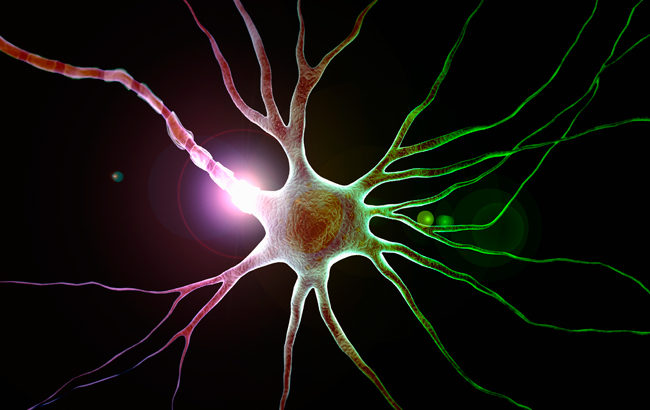The human body relies on a vast network of cells that make up the brain, spinal cord, and nerves of the peripheral nervous system to process and transmit information throughout the body. These cells, known as neurons, are crucial to transmitting the electrical and chemical signals that we need to maintain and perform essential bodily functions. Unlike many other cells in the body, neurons cannot repair or replace themselves when they are damaged or die.
Neurodegenerative diseases cause progressive, irreversible damage to the neurons in the brain. Over time, this damage can result in issues with speech and movement. These diseases—which include Alzheimer’s, Parkinson’s, and Huntington’s disease—are among the most challenging diseases to treat, and unfortunately, do not currently have a cure.
How Proteins Contribute to Neurodegeneration
In recent years, research has shown that proteins act unusually in patients with neurodegenerative diseases. Typically, proteins exist within the human body to help perform vital functions such as metabolism, communication, and regulation. To function correctly, proteins must remain in their natural physical shape. Proteins that become unfolded, or denatured, are unable to perform correctly and this can lead to cell deterioration and death.
Misfolded or unfolded proteins can also become clumped and form aggregate deposits that can negatively affect neurons. Such deposits are associated with the onset of neurodegenerative diseases like Alzheimer’s and Parkinson’s. Researchers believe that protein aggregates in muscle tissue can affect muscles the same way they affect neurons, causing muscle tissues to breakdown and lead to premature cell death.
Desmin and Muscle Tissues
One group of muscular degenerative diseases that involves protein aggregates is known as myofibrillar myopathies (MFMs). Studies of these diseases seek to develop a deeper understanding of how protein aggregates and muscle degeneration are linked. Two particular studies, performed at Washington University in St. Louis and University College in London, specifically targeted a desmin protein. Researchers suspected that desmin could form aggregates in muscle tissues, much like other proteins form aggregates in the brain.
Researchers developed an algorithm to predict which forms of desmin could be useful in studying protein aggregation. In turn, they observed these desmin forms accumulating in aggregates and forming long protein tendrils known as fibrils. When desmin aggregates and fibrils were added to lab models of muscle tissue, the muscle fibers collapsed, supporting the hypothesis that desmin not only aggregates but contributes to the degeneration of muscle tissue.
Future Implications of Protein Aggregates
Knowing how and why fibril aggregates form can help build a better picture of the processes that cause protein unfolding, clumping, and aggregate formation. In the future, scientists hope to identify molecules that can inhibit aggregate formation, leading to the development of therapeutic drugs to treat or prevent MFMs.
Though MFMs and neurodegenerative diseases differ in many ways, more in-depth knowledge of the mechanisms that lead to protein aggregates could help researchers identify potential biological targets for both classes of disease. Through drug screening and other essential measures, researchers hope to one day prevent or reverse protein aggregate formation and eliminate neurodegenerative diseases and MFMs for good.






